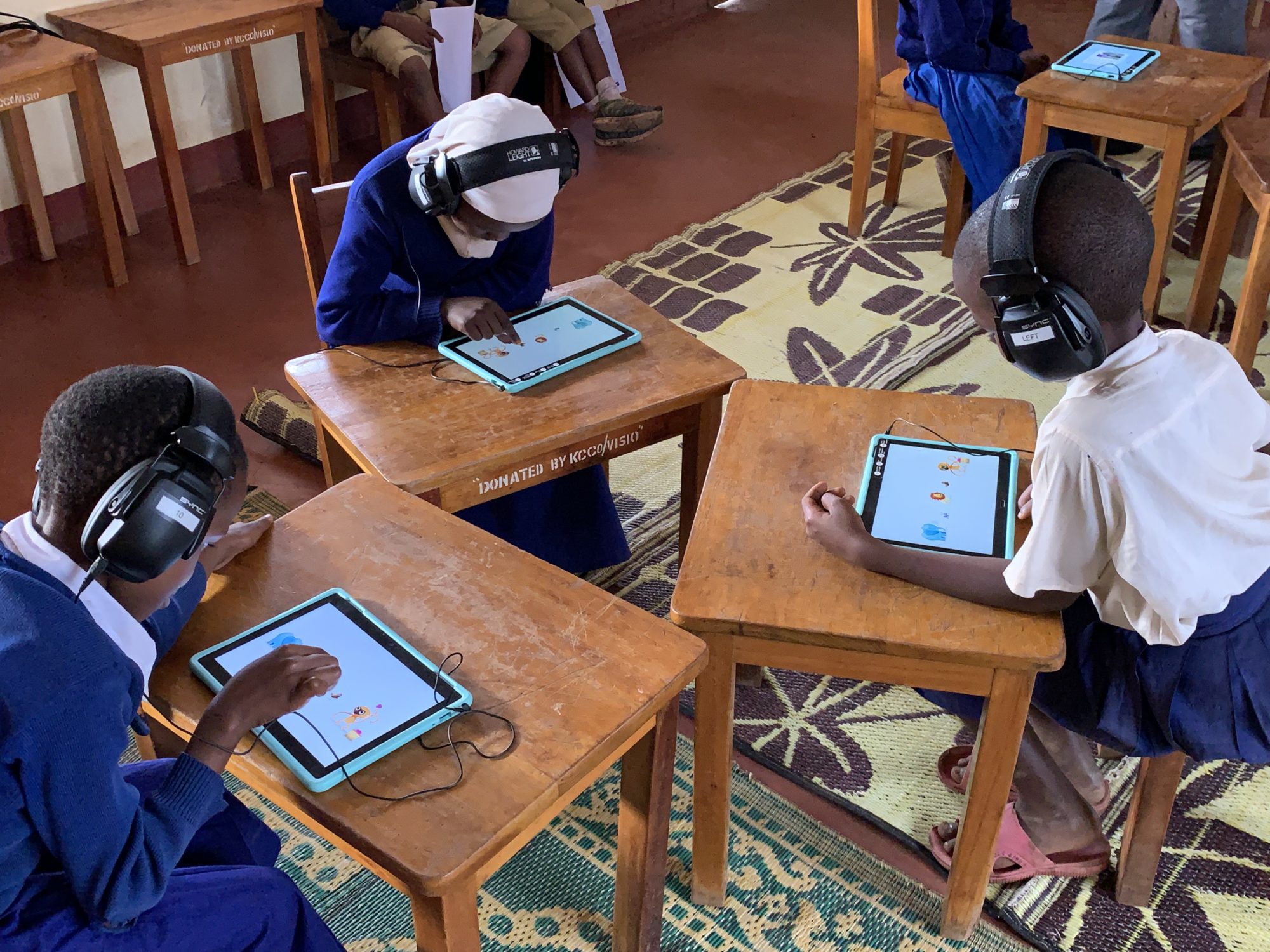SINTEF to head global WHO study
What assistive technologies are the world’s elderly and disabled using? And what hidden needs does this group have? SINTEF has been contracted by the World Health Organisation (WHO) to find out.
“Obtaining assistive technologies for all those that need them is key to achieving many of the UN’s Sustainable Development Goals, such as ‘Good Health and Well-Being for All’”, says health researcher Arne Henning Eide at SINTEF.
Access to assistive technologies is essential to many elderly and disabled people, as well as those living with chronic illnesses. Such aids are necessary to maintain and improve functionality, for health and welfare, and to participate in education and work. There is broad agreement that assistive technologies promote inclusivity and as such also have a positive influence on societal productivity.
Only ten per cent are having their needs met
The WHO has estimated that one billion people need assistive technologies to enable them to lead productive, inclusive and dignified lives. However, only ten percent of them have access to the aids they need.
“It is in the poorer countries in particular that the needs gap is greatest, and it is also in these countries that our knowledge of need, access to aids and their quality is limited”, says Eide.
In 2015, the WHO launched a global initiative called GATE (Global Cooperation on Assistive Technology) in collaboration with UNICEF and a long list of international organisations with the aim of securing access to assistive technologies for all those who need them. A key element of this work is to obtain a solid database that can guide the work carried out by GATE.
Data from 30 countries
So SINTEF has entered into a contract to carry out a national and representative data acquisition project in at least 30 countries, spread across the world. The results will be presented in a global WHO report on assistive technology to be published at the end of 2021. Two follow-up data acquisition projects are planned to be carried out in around 2023 and 2026.
The WHO is also currently in the early phase of a major global initiative focusing on the elderly and their use of technology called Ageing and Technology.
“We will also be deeply involved in the planning and implementation of this initiative, and a formal collaborative agreement between SINTEF and the WHO is already in preparation”, says Eide. This study will create opportunities for even greater collaboration, and we will be able to contribute on a broad scale by exploiting its multidisciplinary growth initiative called ‘Technology for Global Health’, which forms part of SINTEF’s current commitment to health and welfare.


